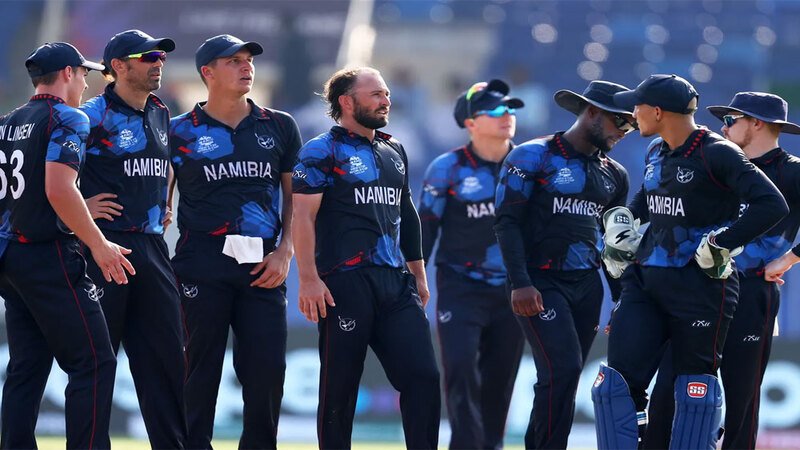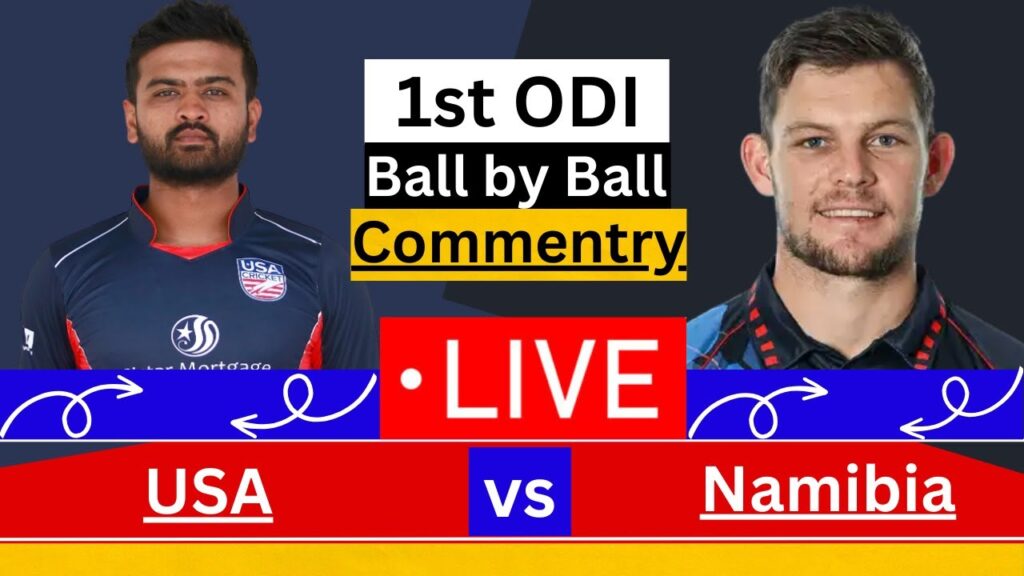Namibia Vs US United States Match
The match between Namibia and the United States was a profoundly expected occasion, uniting two decided groups anxious to transform the rugby world stage. The two groups, famous for their constancy and strength, guaranteed an exhilarating experience, with fans and intellectuals anxious to perceive how the challenge would unfurl. In this definite examination, we will stroll through the match features, key exhibitions, strategic systems, and how this affects the two groups pushing ahead.
Match Outline: Namibia versus Joined States
The coordination started with extraordinary energy, the two groups hoping to declare their strength right off the bat. Namibia, known for its hearty guard and strategic forward play, emerged with a very much-arranged procedure. Nonetheless, the US, similarly determined and coordinated, answered with quick counterattacks and a trained design in the backs.
The principal quarter of the game was a skirmish of steady loss, with neither one of the sides ready to offer a bit of leeway. The groups traded ownership a few times, with Namibia keeping a slight edge in the area. Their endeavors finished in a very much procured attempt after a progression of all-around facilitated stages, putting them ahead on the scoreboard.

Key Minutes and Game-Changing Plays
In any rugby match, there are vital minutes that shift force, and this game was the same. After Namibia’s initial attempt, the US returned savagely, coordinating a progression of sharp, strategic kicks that put a strain on Namibia’s back three. This tension at last prompted a mix-up from Namibia’s fullback, permitting the U.S. to acquire an area and set up for a punishment change to get their primary focus on the board.
Maybe the most game-pivotal occasion came not long before halftime. With Namibia driving just barely, the U.S. found a hole in the Namibian cautious line, sending off a splendid backline move that prompted an attempt under the posts. The effective transformation swung the force for the US heading into the break, with the score perusing 10-7 for the U.S.

Final part: Strategic Changes and Key Performances
The last part was a strategic chess match between the two groups. Namibia, expecting to recapture control, increased their genuineness and started ruling the breakdowns. Their advances, especially the free threesome, set forth some energetic energy, winning key turnovers and disturbing the U.S. assault. Nonetheless, the US stayed formed, using its backline speed to take advantage of any holes in the Namibian protection.
One of the champion entertainers for Namibia was their fly-half, who controlled the beat of the game with exact kicks and precise circulation. His capacity to track down space behind the U.S. guarded line kept Namibia in the game and permitted them to recover the lead with an extra shot halfway through the final part.
On the U.S. side, the winger stood apart for his touchy speed and persistent work rate. He was a steady danger down the flanks, breaking the cautious line on numerous events. His endeavors were compensated in the 65th moment when he scored a urgent have a go at, putting the U.S. back in the number one spot.

Last Minutes and the Result
As the clock ticked down, the match turned out to be progressively tense. Namibia, presently following by only a couple of focuses, tossed all that they had at the US. Their advances steadily drove the ball up the field, and their backs searched for any an open door to get through the U.S. protection. In spite of their earnest attempts, the US held firm, with their protective construction demonstrating major areas of strength for excessively the Namibian assault.
In the last minutes, the U.S. figured out how to get a urgent turnover in their own 22, really finishing Namibia’s expectations of a rebound. The last whistle blew with the US arising successful, 20-17, in a hard-battled and firmly challenged match.
Investigation: Strategic and Key Insights
This match was a captivating report in strategic rugby. Namibia’s blueprint rotated around their genuineness and set-piece strength, with their lineouts and scrums being especially viable. Their advances worked vigorously to set out open doors, yet they battled to separate the efficient U.S. safeguard.
The US, then again, utilized a more extensive style of rugby. They zeroed in on speedy ball conveyance, involving their speed in the backline to extend Namibia’s protection. This ended up being a vital consider their triumph, as their capacity to score attempts from wide positions eventually determined the result of the match.
What’s Next for Both Teams?
For Namibia, this misfortune will be difficult to accept, yet there are a few encouraging points to detract from their exhibition. Their set-piece execution was brilliant, and their genuineness in the forward pack created issues for the US all through the match. Nonetheless, they should chip away at their capacity to change over tension into focuses and separate efficient guards.
The US will be floated by this triumph. Their cautious association and strategic kicking were both key parts in their success, and their backline showed that they have the speed and ability to contend at this level. Pushing ahead, they should expand on this exhibition, especially as far as keeping up with ownership and controlling the rhythm of the game for longer periods.
Decision: A Fight to Remember
The Namibia versus US rugby match was an exhilarating experience that exhibited the best of the two groups. With snapshots of brightness from individual players, first rate strategies, and a nail-gnawing finish, this was a match that fans will recall for quite a while. The two groups contended energetically, yet eventually, it was the US who ended up as the winner in a firmly challenged match.